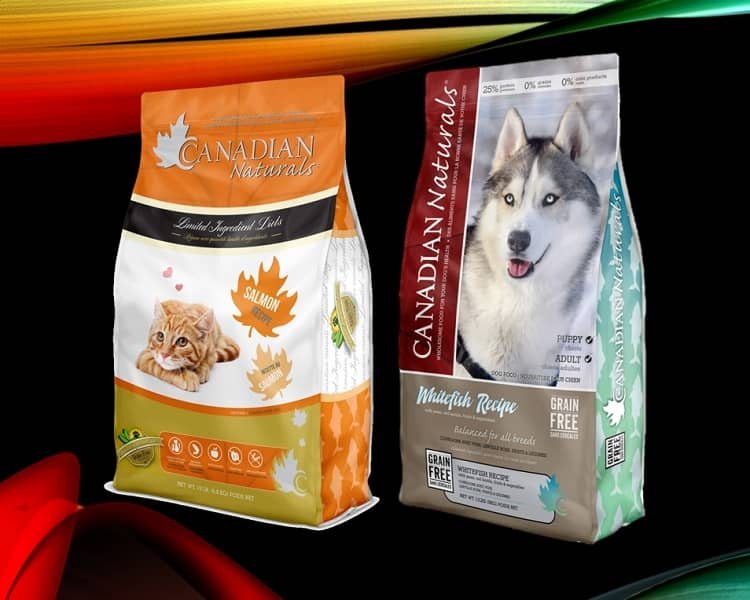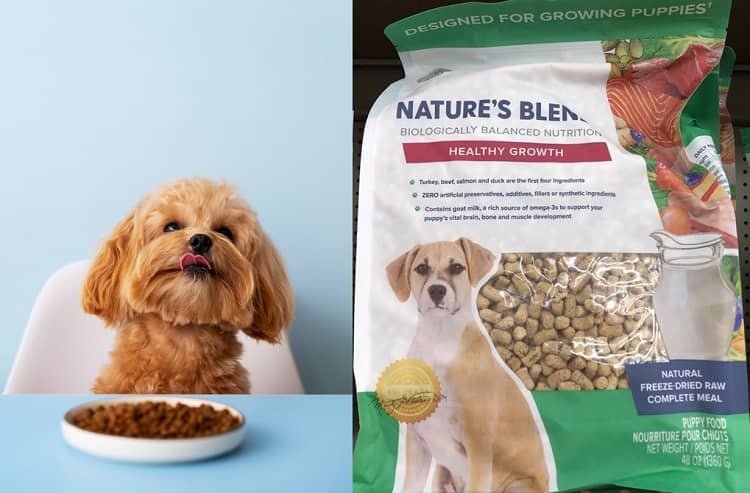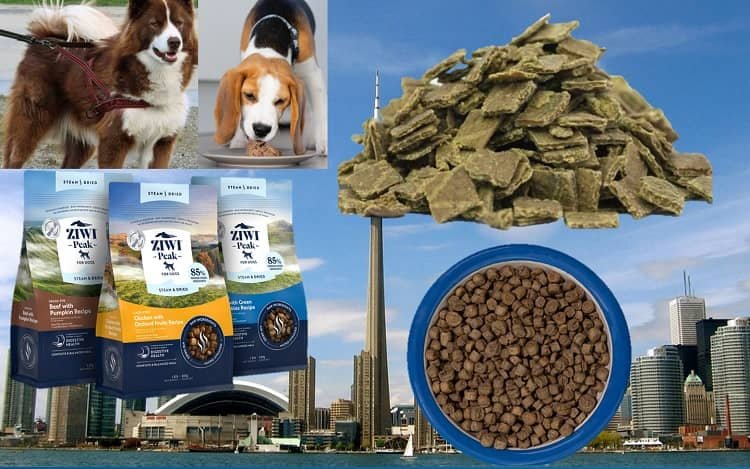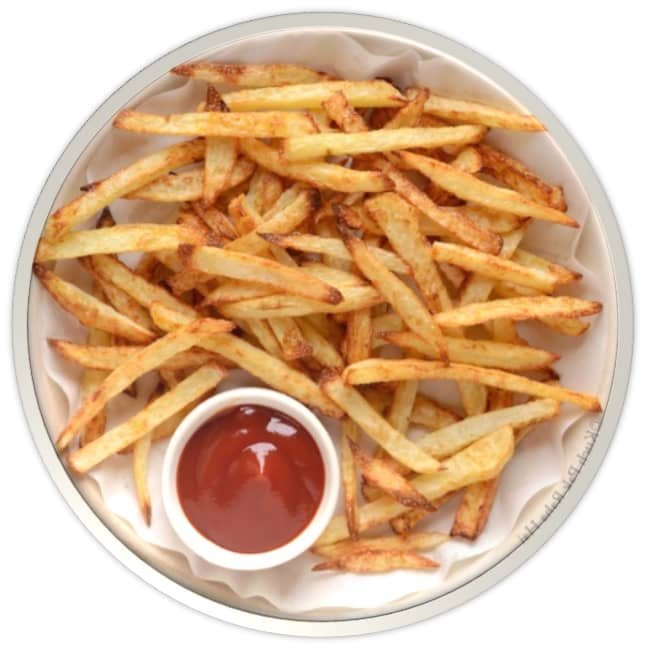Fresh pet food Canada is gaining popularity among health-conscious pet owners who want to provide their dogs and cats with meals made from real, high-quality ingredients. Unlike traditional kibble, fresh pet food typically includes human-grade meats, vegetables, and grains with no artificial additives, offering pets a more nutritious and natural diet.
In recent years, there has been a dramatic shift in how Canadian pet owners think about nutrition. Just as more people are choosing organic and whole foods for themselves, they’re also prioritizing fresh, minimally processed food for their pets. This shift is driven by concerns over highly processed kibble, mysterious ingredients, and a growing desire for transparency and health benefits.
Welcome to the world of Fresh Pet Food—a booming category in Canada that emphasizes real, human-grade ingredients, tailored nutrition, and small-batch preparation. Whether you’re a new dog parent or a seasoned pet enthusiast, this guide covers everything you need to know about fresh pet food in Canada: what it is, why it matters, how to choose the right brand, and where to buy it.
1. What is Fresh Pet Food?
Fresh pet food refers to meals made with natural, whole-food ingredients, typically prepared in small batches and delivered refrigerated or frozen to preserve nutrients. Unlike traditional dry kibble or canned food, fresh pet meals are free from synthetic preservatives and undergo minimal processing.
Key Characteristics:
- Human-grade meat and vegetables
- Cooked at low temperatures or raw
- Delivered fresh or frozen
- No artificial flavors, colors, or fillers
- Custom meal plans often available
2. Why Fresh Food? Key Benefits for Dogs and Cats
✅ Improved Digestive Health
Fresh food is easier to digest and often results in firmer stools, less gas, and reduced bloating.
✅ Shinier Coats and Healthier Skin
The natural oils and omega-3s in fresh food promote skin hydration and lustrous fur.
✅ Boosted Energy and Mood
Dogs and cats on a fresh food diet often display increased alertness, playfulness, and stamina.
✅ Weight Management
Customized calorie content helps manage obesity or underweight pets more effectively than standard kibble.
✅ Fewer Allergies and Food Sensitivities
Many fresh food brands offer limited ingredient recipes to help identify and avoid allergens.
3. Types of Fresh Pet Food Canada
a. Gently Cooked Meals
Fully cooked meals using lightly steamed or baked meats and vegetables. Safe and ideal for all life stages.
b. Raw (Biologically Appropriate Raw Food – BARF)
Uncooked meats, bones, organs, and vegetables—closely mimics ancestral diets. Requires careful handling.
c. Freeze-Dried Raw
Raw food freeze-dried to extend shelf life. Lightweight, convenient, and nutrient-rich.
d. Dehydrated Food
Air-dried meals that retain most of their nutrients and are rehydrated before serving.
4. Popular Fresh Pet Food Brands in Canada
1. JustFoodForDogs (JFFD Canada)
- US import with Canadian availability.
- Whole-food recipes, USDA-inspected meat.
- Vet-approved, gently cooked meals.
2. Kabo
- Canadian-owned fresh dog food delivery service.
- Human-grade meat, no by-products or artificial additives.
- Custom meal plans based on breed, age, and weight.
- Free shipping across Canada.
3. Open Farm
- Based in Toronto, known for ethical sourcing and sustainable packaging.
- Offers gently cooked and freeze-dried raw.
- Traceable ingredients and certified humane meats.
4. Pawssible
- Ontario-based with customizable subscriptions.
- Uses single protein sources for sensitive dogs.
- Delivered frozen; locally sourced ingredients.
5. Smack Pet Food
- Made in Manitoba.
- Raw dehydrated superfood blends.
- High protein, no synthetic supplements or fillers.
6. Naturawls
- Ontario-based raw food manufacturer.
- Offers blends for dogs and cats.
- AFFCO-compliant and vet-formulated.
5. Ingredients You Can Expect
Fresh pet food includes ingredients you’d recognize from your own kitchen:
Common Proteins:
- Chicken
- Turkey
- Beef
- Duck
- Salmon
- Lamb
Vegetables and Fruits:
- Carrots
- Sweet potatoes
- Spinach
- Pumpkin
- Blueberries
- Kale
- Zucchini
Supplements and Additives:
- Omega oils (fish or flaxseed)
- Probiotics and prebiotics
- Glucosamine and chondroitin (for joints)
- Taurine (for heart health in cats)
- Calcium from eggshells or kelp
6. Cost of Fresh Pet Food Canada
Fresh food is typically more expensive than kibble—but many pet owners view it as a long-term investment in health.
| Pet Size | Cost (Per Day) | Monthly Estimate |
|---|---|---|
| Small (5–10 lbs) | $2–$4 CAD | $60–$120 |
| Medium (25–40 lbs) | $5–$7 CAD | $150–$210 |
| Large (60+ lbs) | $8–$12 CAD | $240–$360 |
Many services offer discounts for bulk orders, auto-renewal, and multi-pet homes.
7. Transitioning Your Pet to Fresh Food
Transition slowly over 7–10 days to avoid digestive upset:
| Day | Fresh Food | Old Food |
|---|---|---|
| 1–2 | 25% | 75% |
| 3–4 | 50% | 50% |
| 5–6 | 75% | 25% |
| 7+ | 100% | 0% |
Monitor your pet’s stools, energy levels, and skin condition during the transition.
8. Veterinary Support and Safety
Many fresh food brands in Canada are veterinary nutritionist-approved and meet AAFCO standards. Reputable companies will often:
- List complete nutritional profiles
- Provide customer access to vet consultations
- Ensure food safety with cold-chain shipping and lab testing
Still, always consult your vet if your pet has chronic illness, allergies, or is on medication.
You may also want to see: Canadian Naturals Dog Food: A Complete Guide for Pet Owners
9. Environmental Benefits
Fresh food brands like Open Farm and Kabo use:
- Sustainable farming practices
- Recyclable or compostable packaging
- Responsibly sourced meats
Compared to large-scale kibble production, fresh food has the potential for lower carbon footprints, especially if sourced locally.
10. DIY Fresh Pet Food: Is It Safe?
Yes, but it’s not as simple as cooking chicken and rice. Pets need specific nutrients like:
- Calcium
- Phosphorus
- Taurine (cats)
- Zinc and B vitamins
Unless guided by a veterinary nutritionist, homemade diets may be unbalanced. Use reputable recipe books, and consider supplementing with commercial premixes.
11. Where to Buy Fresh Pet Food in Canada
Subscription Services (Delivery):
- Kabo (nationwide)
- Pawssible (Ontario/Quebec)
- JustFoodForDogs (via online retailers)
- Big Country Raw (Ontario and parts of Western Canada)
In-Store Retailers:
- Pet Valu
- Global Pet Foods
- Bosley’s
- Ren’s Pets
- Local boutiques
Online Stores:
- Amazon.ca (limited fresh options)
- Homesalive.ca
- The Honest Kitchen
- Open Farm website
12. Comparing Fresh Pet Food vs Kibble
| Feature | Fresh Food | Kibble |
|---|---|---|
| Ingredient Quality | High (human-grade) | Medium–Low |
| Shelf Life | Short (1–2 weeks fresh, 6 months frozen) | 12–18 months |
| Digestibility | High | Moderate |
| Nutritional Density | Customized | One-size-fits-all |
| Cost | High | Low–Moderate |
| Processing | Minimal | Highly processed |
FAQs About Fresh Pet Food in Canada
Q1: Is fresh pet food better than kibble?
Yes, fresh food often contains higher-quality ingredients, more digestible proteins, and fewer preservatives, leading to improved health outcomes.
Q2: How long does fresh pet food last?
Fresh meals last 4–7 days in the fridge and up to 6 months in the freezer. Always check packaging for expiration.
Q3: Can I feed fresh food to puppies or kittens?
Absolutely—many brands offer growth-stage formulas. Look for “complete and balanced” meals certified for all life stages.
Q4: Is raw food dangerous for pets?
When handled correctly and from trusted sources, raw diets can be safe. However, they require strict hygiene to prevent bacterial contamination.
Q5: Can I switch from kibble directly to fresh food?
A slow transition is best to avoid gastrointestinal upset. Gradual mixing over a week is recommended.
Q6: Is fresh food more expensive than kibble?
Yes, but many owners find the health benefits and reduced vet visits outweigh the cost.
Q7: Can I mix fresh food with kibble?
Yes, but be mindful of calorie content and nutrient balance. Mixed diets are a good compromise for budget-conscious owners.
Q8: Are there grain-free fresh food options?
Yes. Most brands offer grain-free recipes using sweet potatoes, peas, or lentils instead of rice or oats.
Q9: Can I cook my own fresh pet food at home?
Yes, but it must be nutritionally balanced. Consult your vet or a certified pet nutritionist before switching to homemade meals.
Q10: Do cats benefit from fresh food too?
Absolutely. Cats are obligate carnivores, and fresh meat-based diets (with taurine) are excellent for their health.
Q11: Will fresh food help with allergies?
In many cases, yes—especially limited ingredient or single-protein diets. Always work with your vet for elimination trials.
Q12: Is there fresh pet food available in rural Canada?
Yes, many brands like Kabo and Open Farm deliver nationwide. Check shipping availability based on your postal code.
Conclusion
Fresh pet food in Canada isn’t just a trend—it’s a movement. As more pet parents prioritize nutrition, transparency, and ethical sourcing, fresh meals are redefining what it means to feed our furry companions.
Whether you go for a gently cooked subscription plan, a freeze-dried topper, or even DIY recipes with vet input, the benefits of fresh food are real: better digestion, glossier coats, more energy, and longer lives.
In 2025, Canadian pet owners have more choices than ever—and fresh food is leading the way toward healthier, happier pets.




